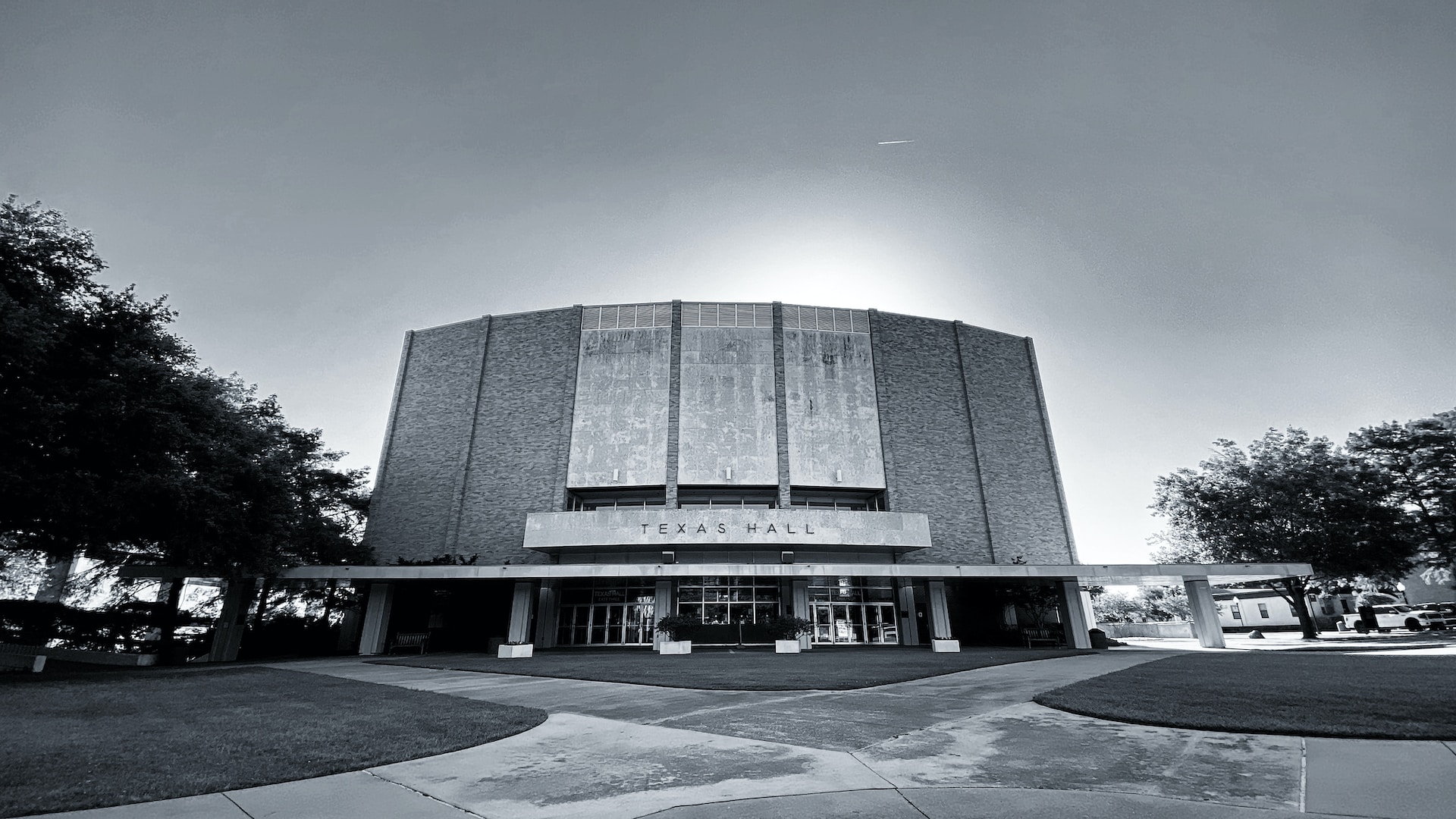The early history of Arlington, Texas
Arlington is one of the more well-known Texas cities within the Dallas-Fort Worth area and Tarrant County. It ranks among the 50 most populous cities in the whole United States.
As is the histories of the other cities and towns, Arlington’s own is unique as well. Its history dates back to the 1840s which the area saw the first European settlers. The American Indians (Caddo tribes) are said to be the first settlers in the area.
In 1841 General Edward H. Tarrant (whose county mentioned above is named after him) battled with the Native American Indians who had once settled on the Village Creek. After the “Battle of the Village Creek,” a trading post was almost immediately established at Marrow Bone Spring. In 1843, The Republic of Texas signed its first Indian peace treaty ever in the area that would be called Arlington, at Bird’s Fort. This treaty comprised of nine Indian tribes (including representatives from Caddo and Cherokee tribes).
The area’s fertile soil made it attractive for farmers to plant a variety of crops. Soon by the late 19th century the area’s agricultural industry had flourished.
The city’s present name
The city’s present name “Arlington” is named after Arlington House, a mansion in Arlington County, Virginia which had been previously owned by Confederate General Robert E. Lee. The actual establishment of the community of Arlington took place in 1876, along the Texas and Pacific Railway. Aside from being an agricultural hub, Arlington also became the center of the cotton gin industry.
Incorporation of Arlington
Arlington’s residents voted to have their town incorporated in 1884. By the early 20th century the town continuously developed; soon natural gas, water services, electricity and telephone lines had been installed in Arlington by then. A public school system had also been established in Arlington. Before the Second World War, the town’s population rose to about four thousand.
The city’s status as a “boomburb”
Arlington rolled out its massive post-war industrialization during the early 1950s, starting with the General Motors (GM) assembly plant. Arlington’s population explosion really occurred when the city introduced automotive and aerospace development, which really began to thrive.
Because of the city’s particularly and extremely fast growth, Arlington was considered to become among the “boomburbs” after the Second World War. From its population count of 7,692 in 1950, it exponentially grew into about 374,000 in 2011. You may also have known about Six Flags Over Texas, as it was also opened in this city in 1961. The baseball team Washington Senators became the Texas Rangers, and the Rangers Ballpark in Arlington — now named Global Life Park in Arlington — became the home of the Rangers and the Texas Rangers Hall of Fame. The state-owned Cowboys Stadium was built in 2009 and has become the home of the Dallas Cowboys. The Cowboys Stadium is now named AT&T Stadium.
Arlington may be a mega-city, but it’s rather interesting in that it’s the biggest city in the world without a fixed bus route or a commuter train system. It seems that they have gotten used to without having them.

